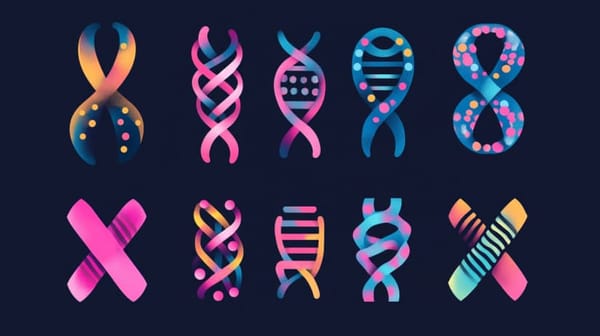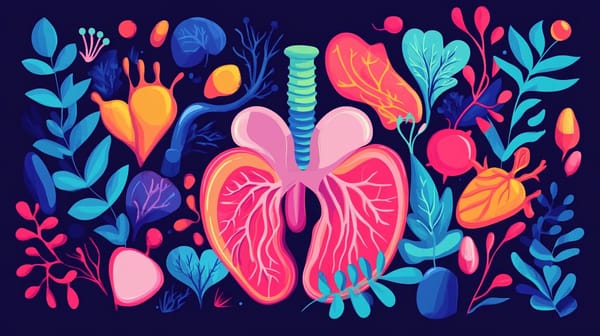In recent years, fasting has gained popularity as a method for weight loss, detoxification, and overall health improvement. One type of fasting that has been receiving attention is dry fasting. Dry fasting is a practice that involves abstaining from both food and water for a certain period of time. Unlike water fasting, which allows the consumption of water, dry fasting is a more extreme form of fasting that can have both benefits and risks.
The history and significance of sunrise to sunset dry fasting
One of the most well-known and widely practiced forms of dry fasting is the sunrise-to-sunset fasting observed during the Islamic holy month of Ramadan. Ramadan is a time of spiritual reflection, increased devotion, and worship for Muslims around the world. During this month, Muslims abstain from food, drink, and other physical needs from sunrise to sunset. The pre-dawn meal before the fast begins is called suhoor, while the meal at sunset that breaks the fast is called iftar. There is a beautiful power to dry fasting and healing benefits. We don't have enough studies on it, but the testimonials are amazing. Let's face it, the ethical propositions limit the amount of research we can have. But regardless of the small number of scientific papers on it, dry fasting is an ancient lost art that brings about tremendous healing powers. Read about it more below.
Health benefits of sunrise to sunset dry fasting
Sunrise to sunset dry fasting has been associated with a range of health benefits, which include weight loss, improved insulin sensitivity, enhanced autophagy, and reduced inflammation. Here are some of the main benefits of this type of fasting:
- Weight loss and fat burning: During a dry fast, the body is forced to use its stored fat for energy since there is no food or water intake. This can lead to significant weight loss and fat burning, making dry fasting an attractive option for those looking to shed extra pounds.
- Improved insulin sensitivity and blood sugar control: Several studies have shown that sunrise to sunset dry fasting can improve insulin sensitivity and blood sugar control, which is beneficial for individuals with type 2 diabetes or prediabetes.
- Enhanced autophagy and cellular regeneration: Autophagy is a natural process in which the body breaks down and recycles old or damaged cells. Some studies suggest that dry fasting can enhance autophagy, leading to improved cellular regeneration and overall health.
- Reduced inflammation and oxidative stress: Dry fasting has been shown to reduce inflammation and oxidative stress in the body, which are both underlying factors in the development of chronic diseases such as heart disease, diabetes, and cancer.
Why Sunrise to Sunset Fasting Works and Makes You Healthier
A study titled "Hypertonic stress promotes autophagy and microtubule-dependent autophagosomal clusters" suggests that dehydration-induced hypertonic stress may promote autophagy and deeper cellular cleansing
We know that dry fasting speeds up autophagy. Why? Because there's a correlation to entering a state of zero nutrients and autophagy. When entering a state of zero nutrients our body very quickly starts to transition to ketosis. Ketosis means burning fat for fuel. So it's clear that both water fasting AND dry fasting bring you into deep ketosis. However, when you dry fast your body starts to slowly enter a dehydrated state. This dehydrated state signals to your body that it needs more water. Because fat-burning ketosis already provides a little bit of water, the body now ramps up fat-burning EVEN MORE. Think of it like fat-burning on steroids. This elevated fat burn provides even more water. (Water is a byproduct of fat catabolism, think of it like a fat molecule breaks down into fatty acids and water, which eventually get turned into ketones).
Now we know that dry fasting is a more powerful form of fasting compared to water fasting because it burns more fat. If it burns more fat, it creates more ketones, so you get into a DEEPER ketosis compared to water fasting. This correlates to supercharged autophagy. Your body turns into a healing reactor. Lysosomes get activated and start traveling around your body looking for anything abnormal and anything with defects. It breaks it down and you age backward. Now, sunrise-to-sunset fasting is called Intermittent Dry Fasting and is not as powerful as extended dry fasting. If you're looking for miraculous healing benefits, you will need to dive much deeper into dry fasting. Good luck.
The Spiritual Significance of Ramadan Fasting
Ramadan is a time for Muslims to renew their commitment to the high and noble values revealed by God. It is a month of remembrance of God and a time for spiritual growth and self-reflection.
Fasting during Ramadan is considered a means of attaining God-consciousness and is one of the major acts of worship in Islam. The practice of fasting redirects the heart away from worldly affairs and towards the remembrance of God, strengthening the relationship between Muslims and their Creator.
Studies on the health benefits of sunrise to sunset dry fasting during Ramadan
There have been several studies conducted on the health effects of sunrise to sunset dry fasting during Ramadan, with many of them reporting positive findings. One study published in the journal Nutrition Research and Practice found that Ramadan fasting was associated with improvements in body composition, blood lipids, and inflammatory markers in healthy individuals. Another study published in the journal PLoS One found that Ramadan fasting was associated with improvements in insulin sensitivity and blood pressure in individuals with type 2 diabetes.
Precautions and considerations
While sunrise to sunset dry fasting may have some potential benefits, it is not suitable for everyone. Here are some precautions and considerations to keep in mind before attempting this type of fasting:
- Not suitable for everyone: Dry fasting can be dangerous for certain individuals, such as those with underlying medical conditions, pregnant or breastfeeding women, and children. It is important to consult with a healthcare professional before attempting a dry fast to ensure that it is safe for you.
- Potential risks and side effects: Dry fasting can lead to dehydration, electrolyte imbalances, and other potentially serious health problems. It is important to listen to your body and stop the fast if you experience any negative symptoms, such as dizziness, weakness, or extreme thirst.
- Consultation with a healthcare professional: If you are considering trying sunrise to sunset dry fasting, it is a good idea to consult with a healthcare professional who can provide guidance and support throughout the process. They can help you determine if dry fasting is appropriate for you and can offer tips for staying safe and healthy during the fast.
FAQ for Sunrise to Sunset Dry Fasting
What is sunrise to sunset dry fasting? Sunrise to sunset dry fasting is a practice where individuals abstain from both food and water from dawn until sunset, typically for a specific period of time, such as during the Muslim holy month of Ramadan.
Why do people practice sunrise to sunset dry fasting? The practice of sunrise to sunset dry fasting is often associated with religious and spiritual beliefs. For example, Muslims believe that fasting during Ramadan is a way to purify the soul, increase self-discipline, and empathize with those who are less fortunate.
Are there any health benefits to sunrise to sunset dry fasting? While some people may experience health benefits from sunrise to sunset dry fasting, such as weight loss or improved insulin sensitivity, it is important to note that these benefits can vary depending on the individual and their overall health.
What are the potential risks of sunrise to sunset dry fasting? Dry fasting can lead to dehydration, electrolyte imbalances, and other health complications, especially if practiced for extended periods or in hot climates. It is essential to listen to your body and consult a healthcare professional if you have any concerns.
Can children and pregnant women participate in sunrise to sunset dry fasting? Children, pregnant women, and individuals with certain medical conditions are often exempt from participating in sunrise to sunset dry fasting. It is best to consult with a healthcare professional to determine if fasting is appropriate for you or your child.
How can I stay hydrated during non-fasting hours? It is crucial to prioritize hydration during non-fasting hours by drinking plenty of water and consuming hydrating foods and beverages. Avoiding caffeine and sugary drinks can also help maintain hydration levels.
What should I eat to break my fast? When breaking your fast, it is recommended to start with a small, balanced meal that includes protein, carbohydrates, and healthy fats. This can help replenish energy levels and provide essential nutrients.
Can I exercise during sunrise to sunset dry fasting? Light to moderate exercise is generally safe during sunrise to sunset dry fasting. However, it is essential to listen to your body and adjust your activity level as needed. Avoid intense workouts or exercising in extreme temperatures while fasting.
How long does sunrise to sunset dry fasting last? The duration of sunrise to sunset dry fasting can vary depending on the specific religious or personal practice. For example, during Ramadan, Muslims fast from dawn to sunset for approximately 29-30 days.
Should I keep my fasting a secret or share it with others? Whether to keep your fasting a secret or share it with others is a personal decision. Some people may choose to share their fasting experience as a way to educate and connect with others, while others may prefer to keep it private for personal reasons.
Final Notes
Sunrise to sunset dry fasting, such as the fasting observed during the Islamic holy month of Ramadan, has been associated with a range of potential health benefits, including weight loss, improved insulin sensitivity, enhanced autophagy, and reduced inflammation. While there is still much to learn about the mechanisms behind these benefits, the positive findings from scientific research, as well as the anecdotal evidence from online communities, suggest that there may be something to this ancient practice. However, it is important to approach sunrise to sunset dry fasting with caution and to consult with a healthcare professional before attempting it. As more research is conducted on the topic, we will gain a better understanding of the potential benefits and risks of this fasting method. In the meantime, individuals can draw inspiration from the positive experiences shared by others and explore the potential benefits of sunrise to sunset dry fasting in a safe and responsible manner.



